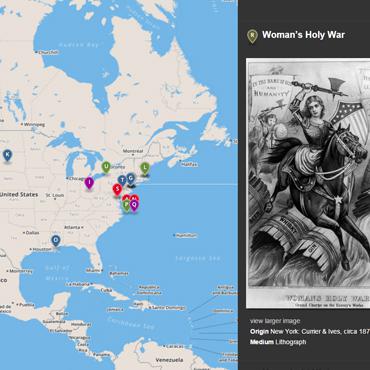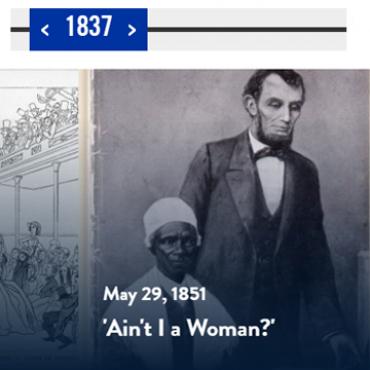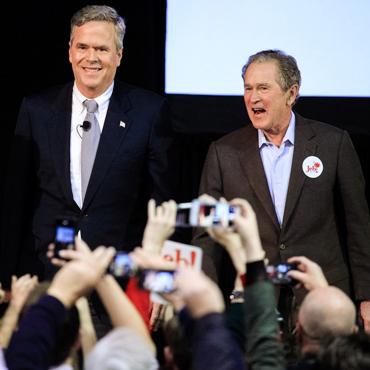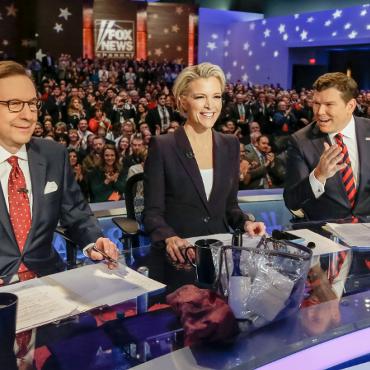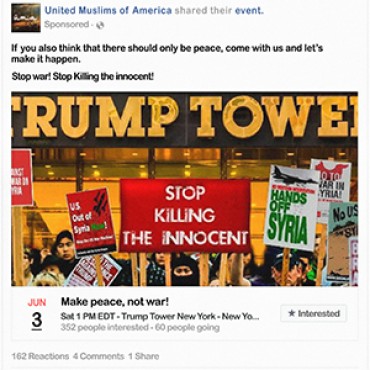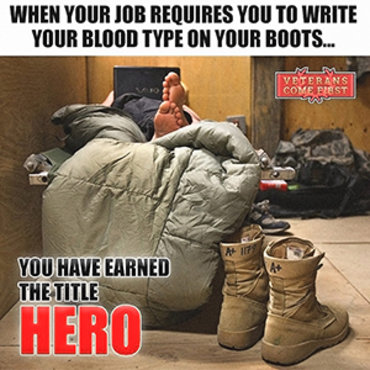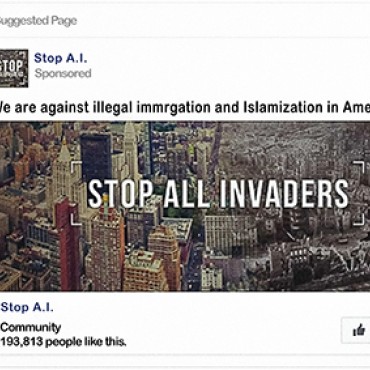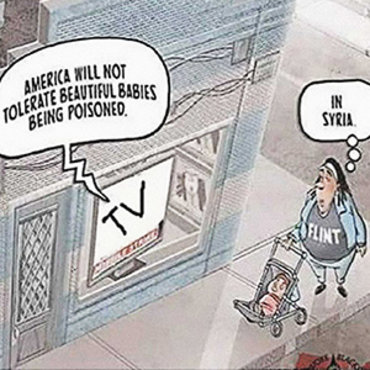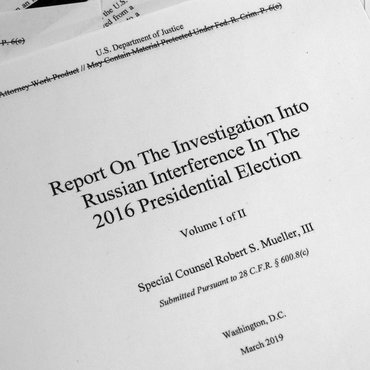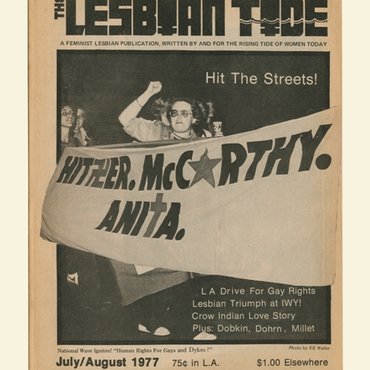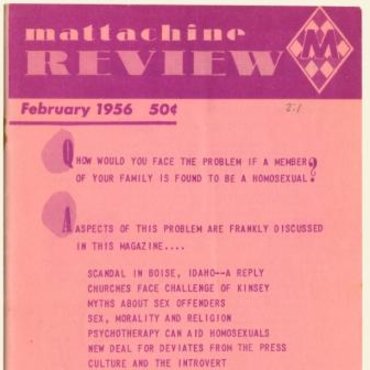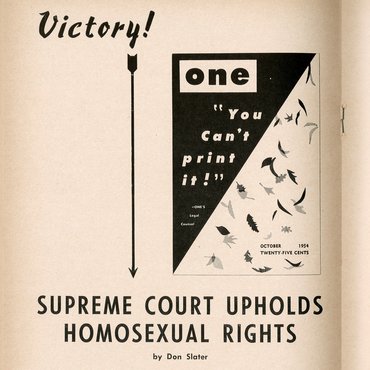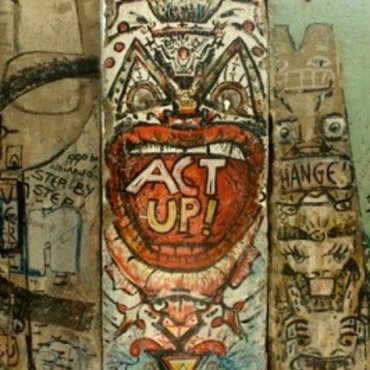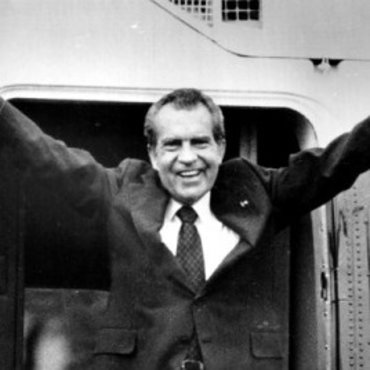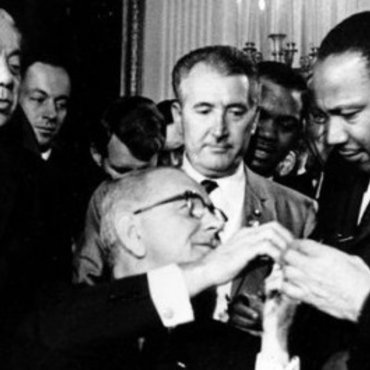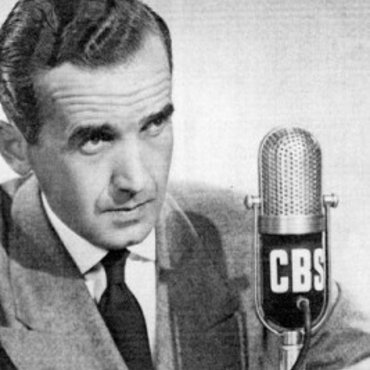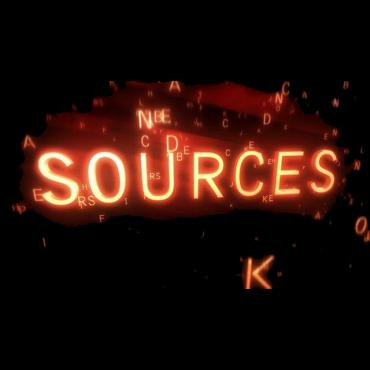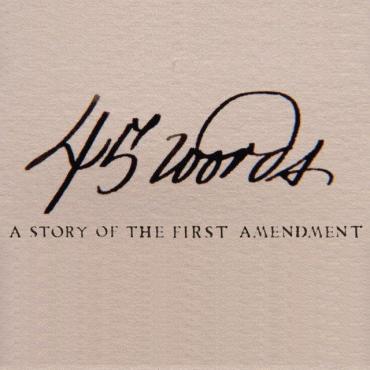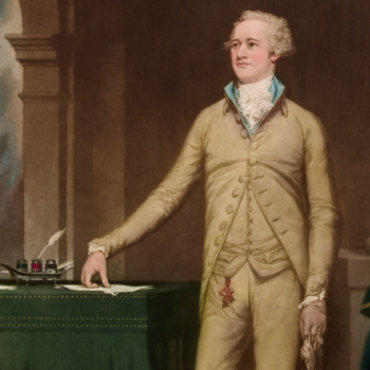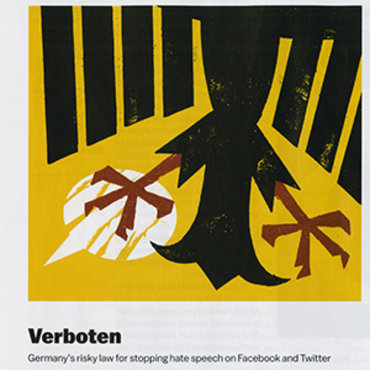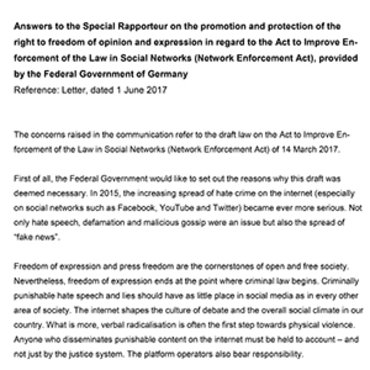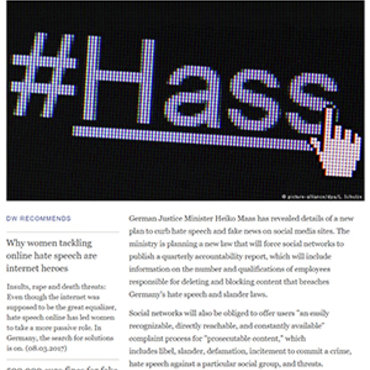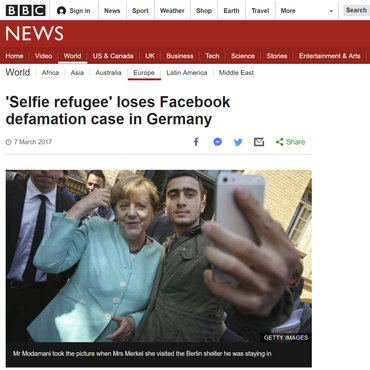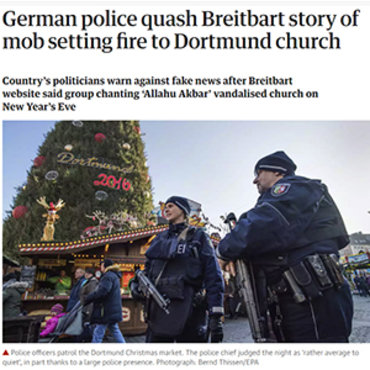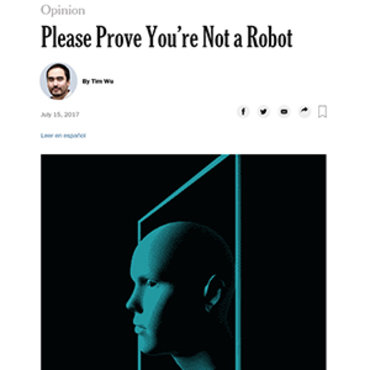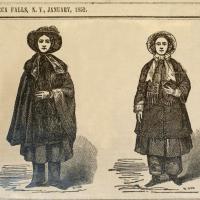
Things Change, Things Stay the Same
By analyzing primary and secondary sources, students see how politics, cultural values and individual leadership affected the progress of the fight for voting rights.
Get even more great free content!
This content contains copyrighted material that requires a free NewseumED account.
Registration is fast, easy, and comes with 100% free access to our vast collection of videos, artifacts, interactive content, and more.
NewseumED is provided as a free educational resource and contains copyrighted material. Registration is required for full access. Signing up is simple and free.
With a free NewseumED account, you can:
- Watch timely and informative videos
- Access expertly crafted lesson plans
- Download an array of classroom resources
- and much more!
- Current Events
- Journalism
- Politics
- Women's Rights
- 7-12
(Note: For more support, see expanded procedure in downloadable lesson plan.)
- In advance, review the sample worksheet in the lesson plan packet. You may wish to distribute it to your students, as well.Create a large chart on the board for students to fill in using the Change/Continuity template.
- With students, distribute copies of Things Change, Things Stay the Same worksheet.
- Divide the class into six groups and assign each a time period to review. Allow 30-50 minutes to complete the worksheet, in class or for homework.
- Using their completed worksheets, students collaborate to fill in your Change/Continuity chart.
- Things Change, Things Stay the Same worksheet (download), one per student
- Change/Continuity template (in downloadable lesson plan),
- Researching Cultural Context worksheet (download, optional)
- Internet access to view the woman suffrage timeline
Review and discuss the class findings. Prompts include:
- What might explain the changes in key people from one time period to another? In strategies used? In arguments? Urge students to consider both how/why the explanation may vary from category to category and how/ why some forces could cause changes in multiple categories. Example: forces that cause changes in the key people involved in the movement, such as human life span, may not affect argument/strategies the resolution of a conflict may lead to the exit of some key people from the exit of some key people from the movement or the addition of others.
- What might explain the things that stayed the same from one time period to another?
- Between which time periods does there appear to be the greatest change? The least change? Why do you think this is?
- Which changes do you think had the greatest effect on the progress of the movement and why?
The Influence of Culture: Have your students conduct independent research on the cultural context profile of their assigned time period. You may wish to use the Researching Cultural Context woksheet. As a class, students use their findings to revise their Change/Continuity template answers. Discuss:
- How might the cultural context have shaped the movement? For example, did political issues or popular forms of entertainment shape the arguments the movement used? Did transportation or technological developments affect the movement’s strategies for spreading its message?
- There are many obvious changes from 1776-1920, but has anything stayed the same?
- How do you think today’s cultural context shapes our view of women’s rights?
-
Common Core State Standards: CCSS.ELA-LITERACY.CCRA.R.7
Integrate and evaluate content presented in diverse media and formats, including visually and quantitatively, as well as in words. -
Common Core State Standards: CCSS.ELA-LITERACY.CCRA.R.8
Delineate and evaluate the argument and specific claims in a text, including the validity of the reasoning as well as the relevance and sufficiency of the evidence. -
Common Core State Standards: CCSS.ELA-LITERACY.CCRA.SL.3
Evaluate a speaker's point of view, reasoning, and use of evidence and rhetoric. -
Common Core State Standards: CCSS.ELA-LITERACY.CCRA.SL.4
Present information such that listeners can follow the line of reasoning and the organization, development, and style are appropriate to task, purpose, and audience.
-
National Center for History in the Schools: NCHS.Historical Thinking.3
A. Compare and contrast differing sets of ideas. B. Consider multiple perspectives. C. Analyze cause-and-effect relationships and multiple causation, including the importance of the individual, the influence of ideas. D. Draw comparisons across eras and regions in order to define enduring issues. E. Distinguish between unsupported expressions of opinion and informed hypotheses grounded in historical evidence. F. Compare competing historical narratives. G. Challenge arguments of historical inevitability. H. Hold interpretations of history as tentative. I. Evaluate major debates among historians. J. Hypothesize the influence of the past. -
National Center for History in the Schools: NCHS.US History.Era 6
Standard 1: How the rise of corporations, heavy industry, and mechanized farming transformed the American people Standard 2: Massive immigration after 1870 and how new social patterns, conflicts, and ideas of national unity developed amid growing cultural diversity Standard 3: The rise of the American labor movement and how political issues reflected social and economic changes Standard 4: Federal Indian policy and United States foreign policy after the Civil War -
National Center for History in the Schools: NCHS.US History.Era 7
Standard 1: How Progressives and others addressed problems of industrial capitalism, urbanization, and political corruption Standard 2: The changing role of the United States in world affairs through World War I Standard 3: How the United States changed from the end of World War I to the eve of the Great Depression
-
National Council of Teachers of English: NCTE.8
Students use a variety of technological and information resources (e.g., libraries, databases, computer networks, video) to gather and synthesize information and to create and communicate knowledge.
-
Center for Civic Education: CCE.V
A. What is citizenship? B. What are the rights of citizens? C. What are the responsibilities of citizens? D. What civic dispositions or traits of private and public character are important to the preservation and improvement of American constitutional democracy? E. How can citizens take part in civic life?
-
NCSS Curriculum Standards: NCSS 1
Learners will understand how human beings create, learn, share and adapt to culture. -
NCSS Curriculum Standards: NCSS 2
Learners examine the institutions, values and beliefs of people in the past, acquire skills in historical inquiry and interpretation, and gain an understanding of how important historical events and developments have shaped the modern world. -
NCSS Curriculum Standards: NCSS 5
Students know how institutions are formed, maintained and changed, and understand how they influence individuals, groups and other institutions. -
NCSS Curriculum Standards: NCSS 6
Learners will develop an understanding of the principles, processes, structures and institutions of government, and examine how power and authority are or have been obtained in various systems of government. -
NCSS Curriculum Standards: NCSS 10
Learning how to apply civic ideals to inform civic action is essential to participation in a democracy and support for the common good.
